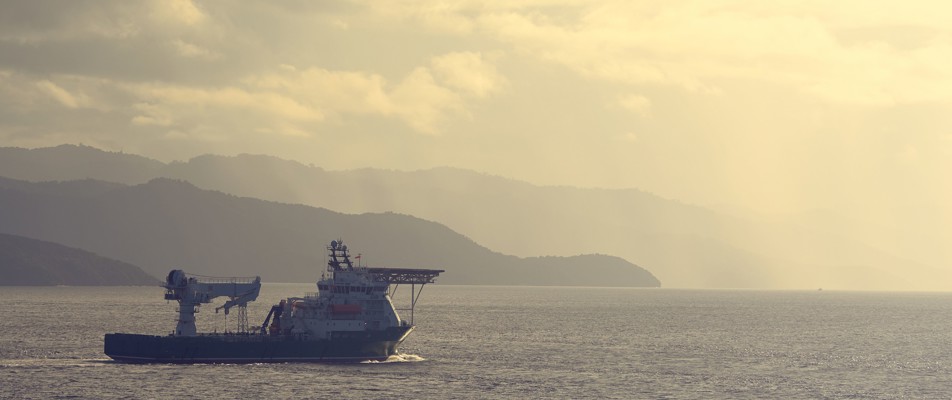Share your DP incident
Ensure the industry learns the lessons

Explore 0 DP events and incidents, shared freely with the industry to ensure lessons are learned, as part of our mission to improve performance in offshore delivery.
Individual entries can be downloaded as a PDF to easily share and print within your own organisation. Fully searchable for quick reference. What are these?
Total entries found: 157
Sorted by:
Always be prepared – Erroneous relative GPS heading input jeopardises follow target operations
DPE 02/25
1 August 2025
Incident
This undesired event occurred on a DP Class 3 drillship, whilst operating in open bus configuration and undertaking drilling operations.
DPE 02/25
1 August 2025
Undesired event
While vessel was recovering scrap metal using an ROV and crane, an alarm was triggered, but the DPO could not silence it
DPE 02/25
1 August 2025
Incident
An equipment class 2 pipelay vessel was engaged in pipelay operations in an area known for solitons
DPE 02/25
1 August 2025
Undesired event
DP emergency drill scenarios are included to assist DP vessel management and DPOs / Engineers and ETOs to conduct DP drills onboard.
DPE 02/25
1 August 2025
Drill Scenario